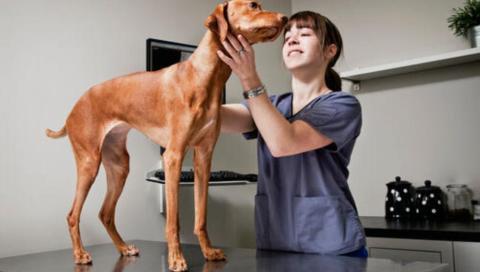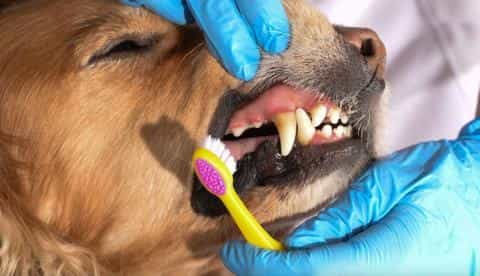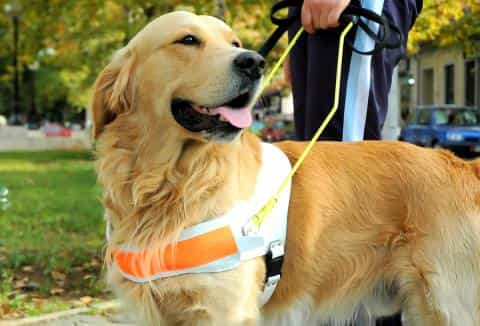
Published on April 16 by Julia
Phantom pregnancy—also known as false pregnancy or pseudopregnancy—can be a confusing experience for dog owners. Your dog might show all the signs of being pregnant, but there’s no litter on the way. This condition is surprisingly common, especially in unspayed female dogs, and it’s rooted in complex hormonal shifts.
A phantom pregnancy occurs when a female dog displays maternal behaviors and physical symptoms of pregnancy despite not being pregnant. This condition usually happens 6 to 12 weeks after a heat cycle and mimics many aspects of a real pregnancy.
Though it can be startling for owners, phantom pregnancy is not usually dangerous, but it can cause emotional and physical discomfort for the dog.

Dogs experiencing a false pregnancy may exhibit both physical and behavioral signs, including:
These symptoms typically appear a few weeks after estrus (heat) and can last for several weeks.
False pregnancy is triggered by hormonal fluctuations, particularly in the levels of progesterone and prolactin. After ovulation, even if a dog is not bred, her body undergoes hormonal changes similar to those in a real pregnancy. In some dogs, these shifts are enough to produce full-blown symptoms of pregnancy—without conception.
Dogs with regular heat cycles but no mating are more prone to phantom pregnancies. Some breeds may also be genetically more susceptible.

While most cases of phantom pregnancy resolve on their own, veterinary attention may be necessary if:
In severe cases, vets may prescribe hormone therapy or medications to reduce symptoms. Long-term prevention often involves spaying, which eliminates future heat cycles and associated hormonal swings.
If your dog is going through a phantom pregnancy, here are a few tips to help manage it:
Phantom pregnancy in dogs is a natural, though sometimes distressing, hormonal condition. While it can cause confusion for pet parents, it’s usually not dangerous and often resolves without intervention. Understanding the signs and causes can help you support your dog with compassion and care—and seek medical help when needed.
Discover More Content





